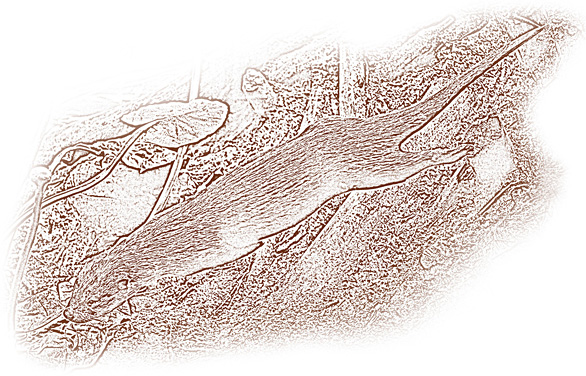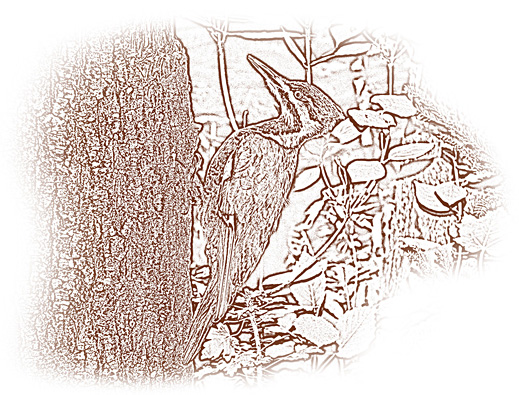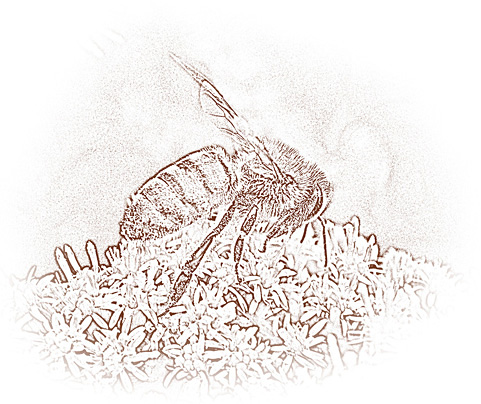|
•
classify organisms according to their role in a food chain (e.g., producer,
consumer)
•
demonstrate an understanding of a food chain as a system in which energy
from the sun is transferred eventually to animals, and classify animals as
omnivorous, carnivorous, and herbivorous
•
describe structural adaptations of plants and animals that demonstrate a
response to living conditions in their environment (e.g., some arctic
animals, at least seasonally, have
white fur or feathers)
•
recognize that animals and plants live in specific habitats because they are
dependent on those habitats and have adapted to them (e.g., ducks live in
marshes because they need marsh plants for food and shelter, and water
for
movement) | 





